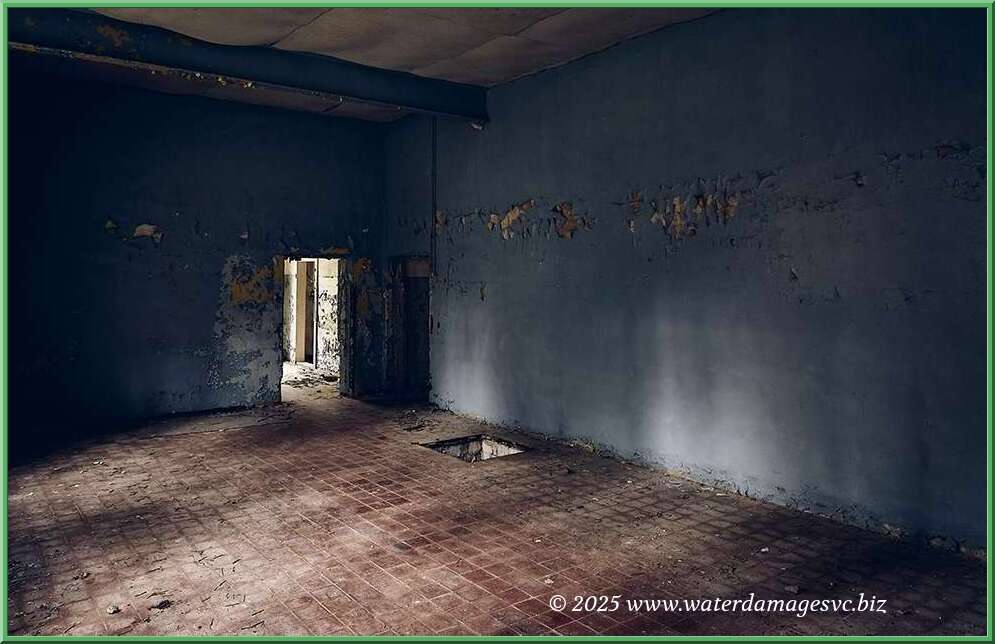
1. Prioritize Safety First:
Before attempting any salvage operations after water damage occurs within your home or business premises, ensure that it is safe to do so. Eliminate electrical hazards by shutting off power at the main circuit breaker if necessary. Additionally, wear appropriate protective gear such as gloves and boots to prevent injury or exposure to contaminated water.
2. Assess Item Condition:
Once safety considerations have been addressed, evaluate each item affected by water damage individually before deciding whether it can be saved or not. Promote air circulation by opening windows or using fans to help dry wet items slightly before beginning the restoration process.
3. Assemble Necessary Supplies:
Gather supplies needed for proper packing including sturdy boxes in various sizes with lids available from a local supplier specializing in moving materials - these will provide optimal protection against further moisture exposure during transport.
4. Categorize Items Based on Material Type:
Group similar items together based on their material type (e.g., electronics, fabrics/clothing) as mitigation techniques may vary depending on item characteristics and susceptibility towards mold growth or other forms of deterioration following prolonged exposure to moisture.
5. Protect Delicate Possessions:
Wrap delicate items such as glassware or porcelain carefully using acid-free tissue paper followed by bubble wrap for added cushioning during transportation; this helps prevent potential breakage along the way.
6. Secure Boxes Properly:
Seal boxes tightly using packing tape to ensure no moisture can seep inside during transport or storage. Label each box with a description of its contents for easy identification and future retrieval purposes.
7. Transporting Salvaged Items:
When moving salvaged items offsite, it is essential to handle them with care and avoid further damage. Utilize appropriate vehicles, such as vans or trucks equipped with protective coverings or tarps, to shield belongings from inclement weather conditions during transportation.
8. Choose Trusted Offsite Storage Facilities:
Research and select reputable secure storage facilities that specialize in handling water-damaged possessions, offering climate-controlled units that maintain stable temperature and humidity levels required for preventing mold growth or additional deterioration.
Safely packing, transporting, and storing salvaged belongings offsite are vital steps in the comprehensive process of water damage cleanup. By following these guidelines effectively, you can restore peace of mind while ensuring that your valuable possessions receive the attention they deserve during this challenging time. Remember to consult professional water damage restoration services if you require expert guidance in navigating through the stages involved in recovering your property after experiencing any type of water-related disaster within your home or business premises.